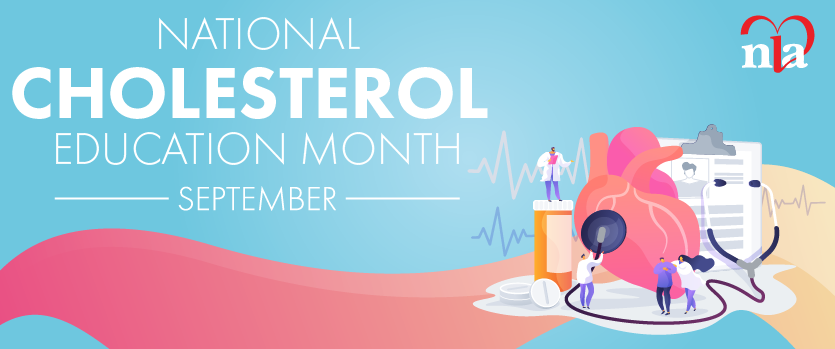It has been an honor to be co-editor of Lipid Spin for the past two years. Over this time, I have been profoundly impressed by the knowledge of the National Lipid Association (NLA) members who have graciously contributed to this publication. In an effort to promote greater opportunities for involvement in NLA leadership, the co-editor position will be term-limited. As such, I am very happy to welcome Dr. Kaye-Eileen Willard, who is taking over for me as the new Co-Editor of Lipid Spin. She will join Dr. Dan Soffer until his time to cycle off comes. I am fully confident that Dr. Willard will be outstanding.
Some of my parting reflections will focus on important pearls related to lipid-lowering medications. As a proud member of the Pharmacist cohort of the NLA, I feel compelled to share.
Not all Monoclonal Antibodies are Equal
Outcomes data with the PCSK9 inhibitors are now available. The good news is that evolocumab further reduces in major adverse cardiovascular events when added to statin therapy in patients with ASCVD, based on the FOURIER trial results.1 The NLA has quickly responded by incorporating this evidence into their updated recommendations.2 However, bococizumab failed to reduce major adverse cardiovascular events in the SPIRE trials.3 This discrepancy is interesting, but in my opinion can be explained by identifying the infix, which is the source of the antibody. Evolocumab, with an infix of “u” before the mab, is fully human. Bococizumab, with an infix of “zu” before mab, is humanized where the complementarity determining regions of the variable domains of the monoclonal antibody are foreign (originating from 1 species other than human, or synthetic).4 Bococizumab had a higher propensity for patients to develop neutralizing antibodies to the medication itself as a humanized monoclonal antibody, and resulted in a loss of effect with prolonged exposure (aka, tachyphylaxis). This risk is very low with fully human monoclonal antibodies such as evolocumab and alirocumab.
Statin Potency is Important
Using a sufficient potency of statin therapy was emphasized back in 2004 when the National Cholesterol Education Panel clearly recommended preferentially use a statin dose that, at minimum, provides 30-40% LDL-C lowering.5 This concept exploded with the American College of Cardiology/American Heart Association 2013 Blood Cholesterol Guidelines, with a detailed characterization of which statin doses correlate with low, moderate and high intensity LDL-C reductions.6 The reason statin potency is important is to align use of medications in clinical practice with evidence. Numerous well-designed clinical trials have demonstrated that statin therapy significantly reduces risk of major adverse cardiovascular events. Nearly every one of these trials used moderate or high intensity statin dosing. Therefore, clinicians should routinely resort to use of moderate or high intensity statin doses unless there are extenuating circumstances (pediatric patients, drug-drug interaction [DDI], and intolerance with higher doses). Moreover, in patients with atherosclerotic cardiovascular disease (ASCVD), recent data indicates that high-intensity statin therapy may provide a greater reduction in mortality than moderate-intensity statin therapy.7
Don’t Automatically Override Statin DDIs
It seems like the more we use statins, the more we learn about clinically significant DDIs with statins. This is a complicated topic because there are multiple pathways involved with statin DDIs, and these pathways vary among statins. Clinically significant statin DDIs should be managed by avoiding use of the interacting combination. This can be accomplished many ways, by using one statin in place of another, using a limited dose of a certain statin, or by changing the other medication.8,9 Electronic health records typically post alerts whenever a DDI is detected with a statin. However, many statin DDIs are not clinically significant, yet still result in an alert. Determining clinical significance of a given statin DDI requires interpretation of the DDI interaction and evaluation of patient-specific factors. My advice is to read those alerts and respond in an appropriate manner to manage the clinically significant DDIs. It is sometimes too easy and an automatic reaction to quickly override and bypass an alert.
Disclosure statement: Dr. Saseen has no disclosures to report.
References can be found here.






.jpg)
.png)











